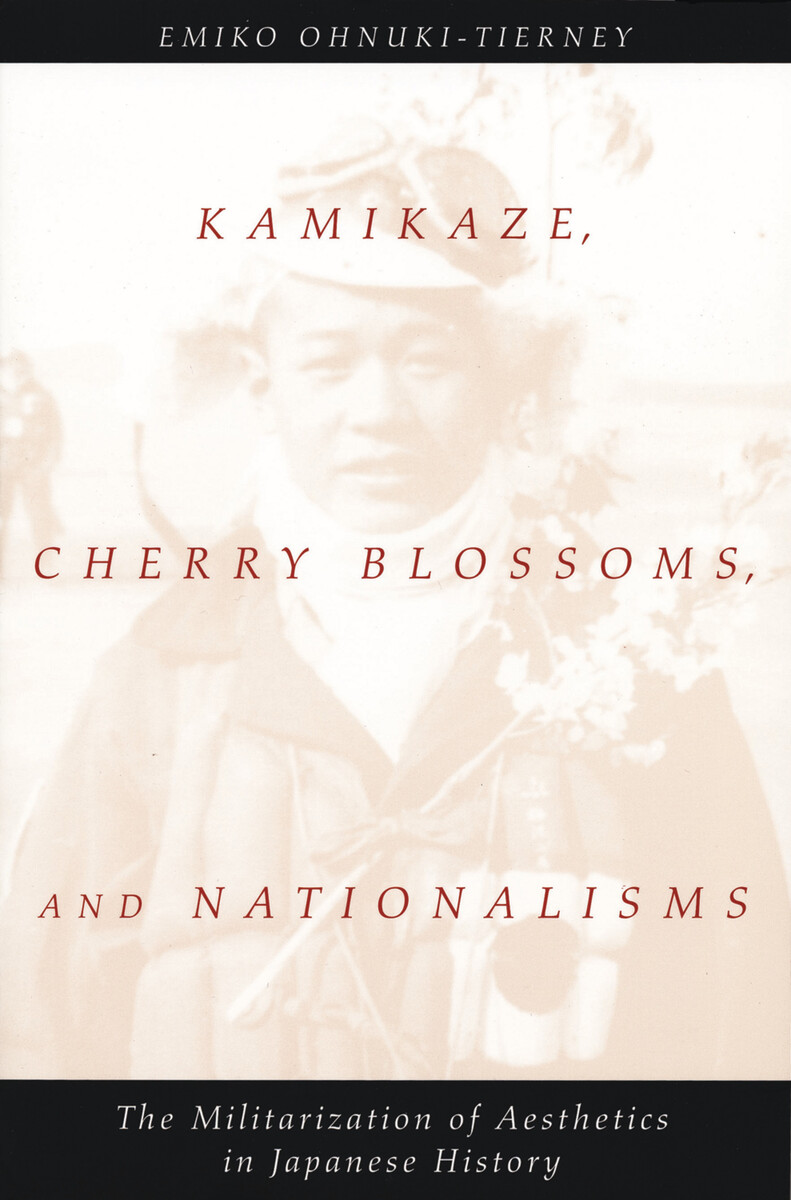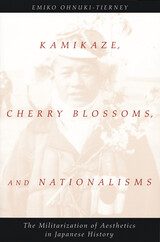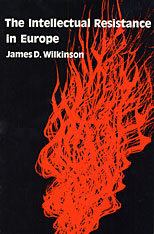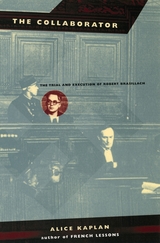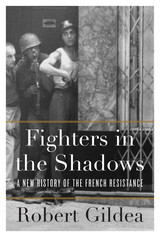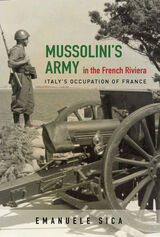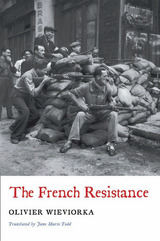Kamikaze, Cherry Blossoms, and Nationalisms: The Militarization of Aesthetics in Japanese History
University of Chicago Press, 2002
Paper: 978-0-226-62091-6 | eISBN: 978-0-226-62068-8 | Cloth: 978-0-226-62090-9
Library of Congress Classification D792.J3O26 2002
Dewey Decimal Classification 940.5449520922
Paper: 978-0-226-62091-6 | eISBN: 978-0-226-62068-8 | Cloth: 978-0-226-62090-9
Library of Congress Classification D792.J3O26 2002
Dewey Decimal Classification 940.5449520922
ABOUT THIS BOOK | AUTHOR BIOGRAPHY | TOC | REQUEST ACCESSIBLE FILE
ABOUT THIS BOOK
Why did almost one thousand highly educated "student soldiers" volunteer to serve in Japan's tokkotai (kamikaze) operations near the end of World War II, even though Japan was losing the war? In this fascinating study of the role of symbolism and aesthetics in totalitarian ideology, Emiko Ohnuki-Tierney shows how the state manipulated the time-honored Japanese symbol of the cherry blossom to convince people that it was their honor to "die like beautiful falling cherry petals" for the emperor.
Drawing on diaries never before published in English, Ohnuki-Tierney describes these young men's agonies and even defiance against the imperial ideology. Passionately devoted to cosmopolitan intellectual traditions, the pilots saw the cherry blossom not in militaristic terms, but as a symbol of the painful beauty and unresolved ambiguities of their tragically brief lives. Using Japan as an example, the author breaks new ground in the understanding of symbolic communication, nationalism, and totalitarian ideologies and their execution.
Drawing on diaries never before published in English, Ohnuki-Tierney describes these young men's agonies and even defiance against the imperial ideology. Passionately devoted to cosmopolitan intellectual traditions, the pilots saw the cherry blossom not in militaristic terms, but as a symbol of the painful beauty and unresolved ambiguities of their tragically brief lives. Using Japan as an example, the author breaks new ground in the understanding of symbolic communication, nationalism, and totalitarian ideologies and their execution.
See other books on: Aerial operations, Japanese | College students | Japanese History | Militarization | Nationalisms
See other titles from University of Chicago Press
